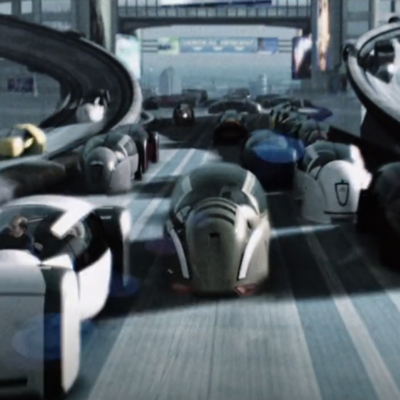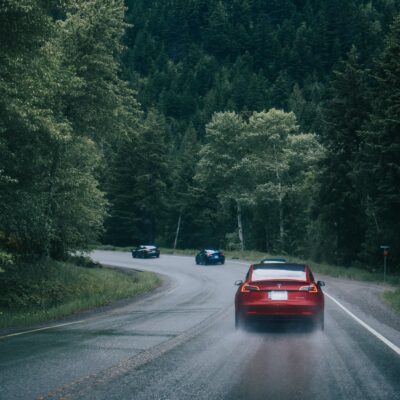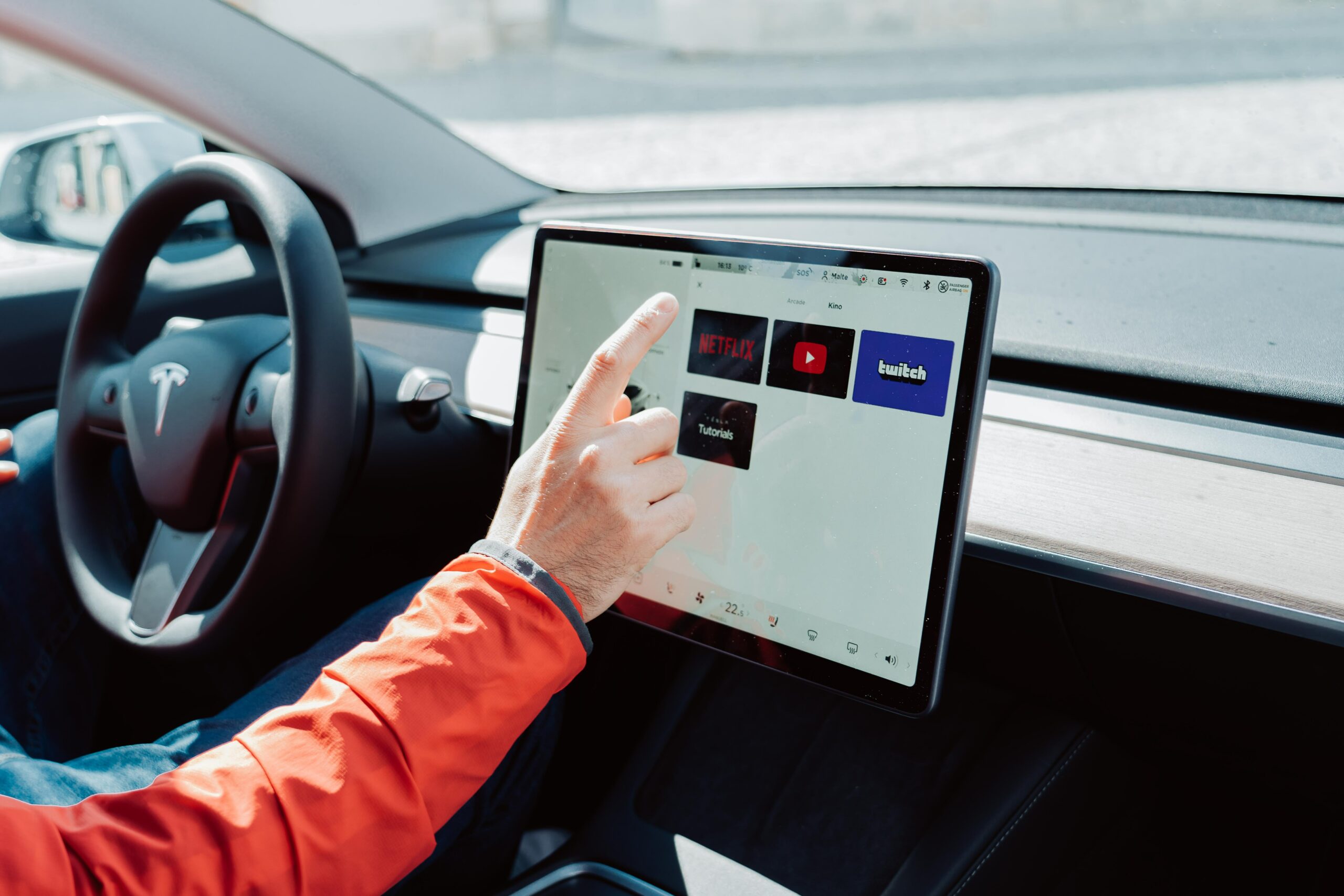We humans quickly learn to tackle new challenges by applying common sense and world knowledge. This includes driving through difficult road conditions.
Now, self-driving cars cannot match our learning speed, at least yet, but they might be able to compensate by using techniques to which we humans don’t really have any access.
One of such techniques is vehicle-to-vehicle communication, or V2V, for short.
Basically, V2V communication allows a car to talk to nearby cars and exchange many types of data. I talked about how this could help self-driving cars to travel long distances safely and more efficiently in an earlier post.
Now, a new application of this technology has come to light in a patent application from Subaru, which is a subsidiary of Toyota. Here, V2V communication helps autonomous cars drive through abnormal situations such as on slippery and icy roads.
The underlying idea is fairly simple to understand: each car monitors whether its movement is closely in agreement with its control signals. In other words, are there any ‘inadvertent movements’ such as slip of a tire or sideways sliding?
When a discrepancy is detected, the car will warn other cars behind it about the situation. Then, they can take preventive measures such a speeding down when approaching this spot.
Additionally, the car can also tell the following cars whether there is a way they can further mitigate the risk. This is possible for example, by changing their lane, as is shown in one of the patent’s drawings below.

Another applications of this technique, which I can think of, are off-road driving and avoiding potholes. The technology could also be extended by having the cars upload their ‘driving experience’ under these conditions to a common cloud. There, it could be used to refine the cars’ decision making AI. For more details on this idea, check my earlier post on How each Tesla car will have thousands of years of driving experience.
. . .
Liked this article? Join our mailing list to read more such stuff when it’s available.
Cover Photo by Simon English on Unsplash


